Hockey fans look to Olympics as rare chance to see 'underestimated' women's game
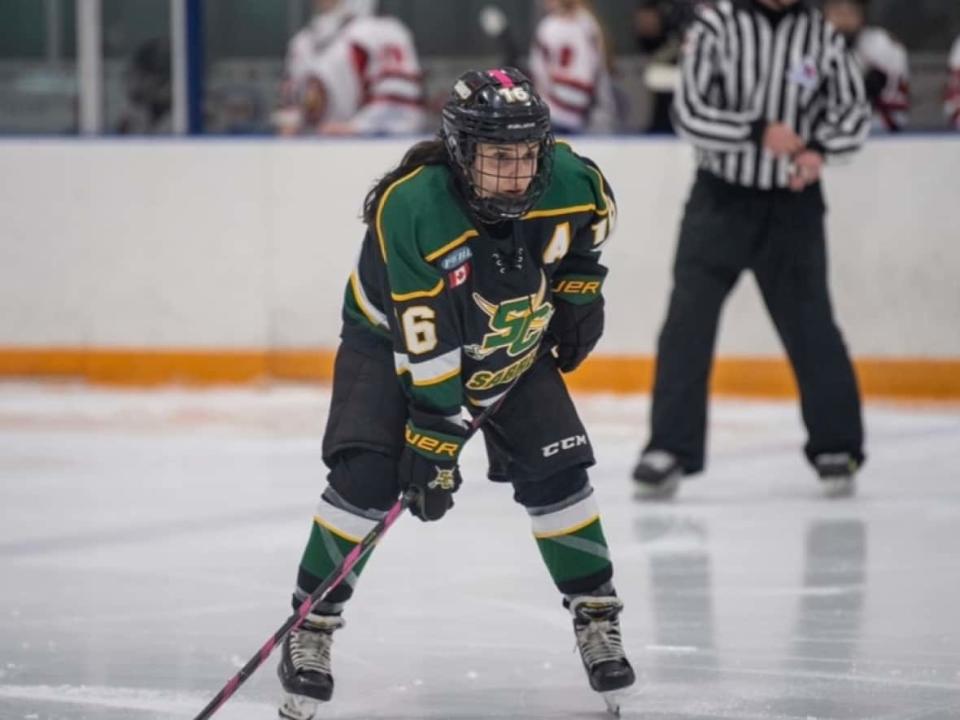
When Canada kicks off the women's hockey tournament at the Beijing Olympics on Feb. 2 against Switzerland, many hockey fans say they'll be soaking up the rare chance to watch televised coverage of top-tier women players.
Holly Templeton, a goalie in the Stoney Creek Women's Hockey League in Hamilton, says she'll put on her jersey and "lucky punk vest" to get up close and personal with her TV for each game — even though many matches will start late. The gold-medal game is set for 11:10 p.m. ET on Feb. 16.
"My neighbours are probably going to hear me watching it," says Templeton, 32. "It's not a subtle endeavour. I get pretty wound up … extremely wound up."
Canada's team includes three players from Templeton's area: Hamiltonian Sarah Nurse, as well as two players from Burlington, forward Emma Maltais and defender Renata Fast.
It's a big year for the Canadian women. With the National Hockey League revoking its participation in the Olympics due to COVID-19, more eyes than usual may be on the women's team. That's what Templeton is hoping for, anyway.
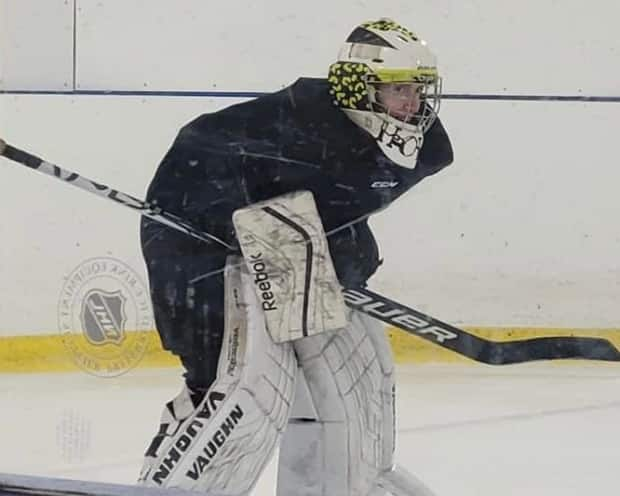
"As much as I was looking forward to NHL players in the Olympics, this will bode well for women's hockey," she said. "The best ones we got are the women."
The Canadian women's team has historically done well — winning four gold since 2002. In 2018 at Pyeongchang, South Korea, they lost to the United States in a shootout to take silver.
As the team looks to get another chance at gold, Rikki Frith will be watching.
A longtime player and Templeton's league mate in Stoney Creek, Frith typically follows her favourite players through the Dream Gap Tour, a travelling women's hockey showcase featuring five teams from Canada and the United States.
Frith is a student of the game who cites pearls of wisdom from legendary player Hayley Wickenheiser's 2021 book, Over the Boards, and says she'll be watching to see how the 10 rookies on the team this year find their grooves.
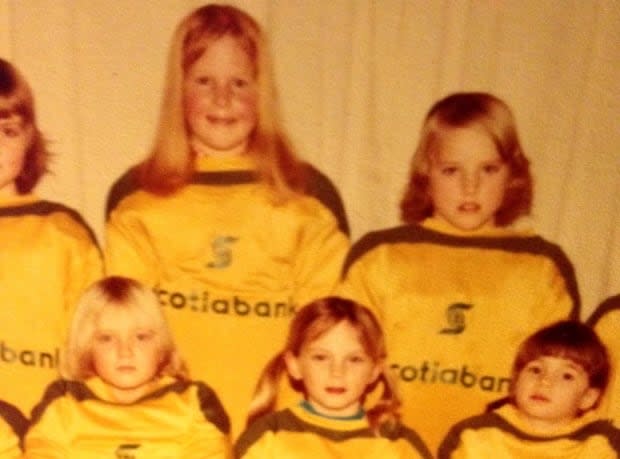
"It will be neat to see how the vets kind of step up their leadership," said Frith, 52, noting teams made up of people who are used to being stars can face particular challenges. "How do they tell the youngsters, 'Stay with your training, stay with your focus'?
"[Team veteran] Marie-Philip Poulin, she's such an incredible leader. I'd love to see behind the scenes, in the dressing room…. A lot of the game is played between the ears, so if they can keep that piece going, they'll be unbelievable."
Rare chance for mainstream coverage
The Olympics present a rare chance to see mainstream coverage of the women's game — an imbalance most fans are quick to point out.
"Everything I watch is streamed," says Templeton, who has been following women's hockey for about 10 years. "When women's hockey is on TV, it's on TSN4 or something, unless it's the national women's team, then maybe they get bumped to second to an NHL game."
The Dream Gap Tour, run by the Professional Women's Hockey Association, was created as a way to bring attention to the lack of options for players at the highest levels. The association was founded after the Canadian Women's Hockey League collapsed in 2019.
It feels, as far as cultural legitimacy goes, Olympics are really all we've got for women's hockey. - Holly Templeton
At the time, many of its members eschewed joining the National Women's Hockey League (NWHL), an American-based organization that has since rebranded as the Premier Hockey Federation (PHF) and expanded to include a Canadian team, the Toronto Six. More than 200 women's players from both leagues boycotted the 2019-2020 season, while pushing for conditions closer to that of their male peers, including a living wage and health insurance.
The league announced last week it was boosting team salary caps and adding two franchises, including one in Montreal.
But two years after the Canadian women's league folded, many top players are still not on the ice professionally. Dream Gap showcases happen every few months, and players don't receive regular salaries, but can win their share of a $1-million US pot with team success on the tour.
In the PHF, the average salary is $15,000 US, though the recent boost is expected to lead to an average salary of $37,500 US.
"It feels, as far as cultural legitimacy goes, Olympics are really all we've got for women's hockey," says Templeton, but adds the Olympics aren't a league. "It's not a career."
"It's a shame because women's hockey has absolutely taken off in terms of skill."
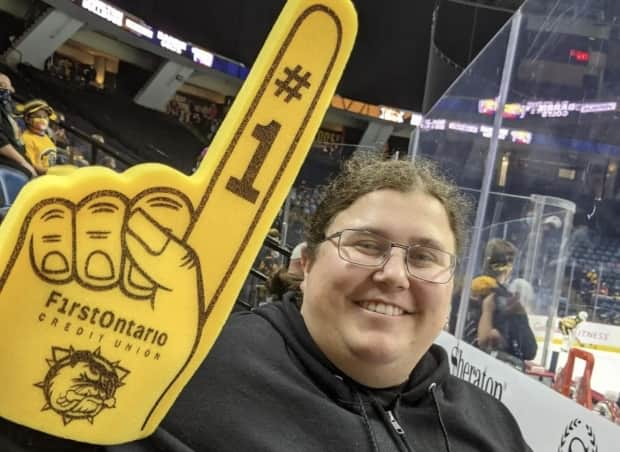
Ivy Courtney agrees. The Hamilton-based 34-year-old has been looking up to female players as long as she's been playing hockey, a passion that began when she was seven. She grew up being a huge fan of Cassie Campbell-Pascall — who was captain of the women's national team in 2002 and 2006, and is now a pioneering hockey broadcaster.
"My dad used to take me to women's games all the time because he wanted to show me what you could do as a women's hockey player," Courtney said.
These days, she's a fan of both the Dream Gap players and the Toronto Six, and has continued attending live games as much as she can during the pandemic.
"It's a different style of hockey," Courtney said, noting the passing plays and finesse moving the puck stand out much more in the women's game.
She recently received a Toronto Six jersey for her birthday, and says she "was pretty happy," but adds "it's hard to pick a favourite player because they aren't as well advertised."
'Make money the way the men do"
For Tessa Holk, a 17-year-old player from Ancaster, Ont., that uncertain future in the sport looms large.
Holk is an assistant captain of the Stoney Creek Junior Sabres, an elite-level team. She will play for Colgate University in New York State next year and was chosen for Canada's national under-18 team this year before the tournament in Sweden was cancelled due to COVID-19.
"It's just university and you're kind of done," she says. "You wish, as a woman, you could make money the way the men do. Just having a league that you can play with great players would be great."
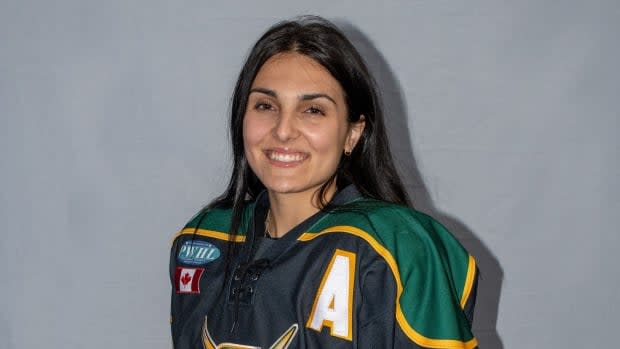
Holk will watch for Junior Sabres alumnus Nurse in the Olympics, saying "Nursey" often comes to help the team out and has been a big inspiration.
Holk will also be studying Poulin. The teen views the Olympian as "the ideal hockey player you want to watch and model your game after."
She also hopes this year's Olympics will give wider exposure to the skill level in women's hockey, and motivate those with power and money to help advance the game.
"It's very underrated and very underestimated," she said. "People don't realize the talent that's within the game we have because people don't really watch it."

 Yahoo Sports
Yahoo Sports